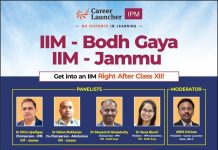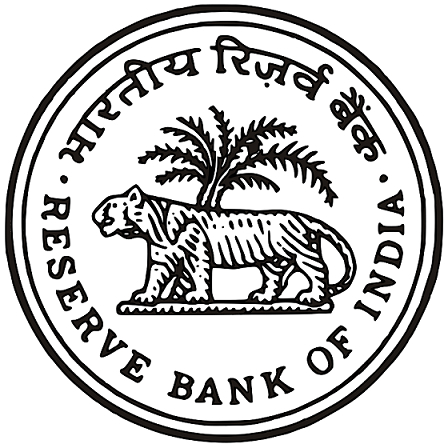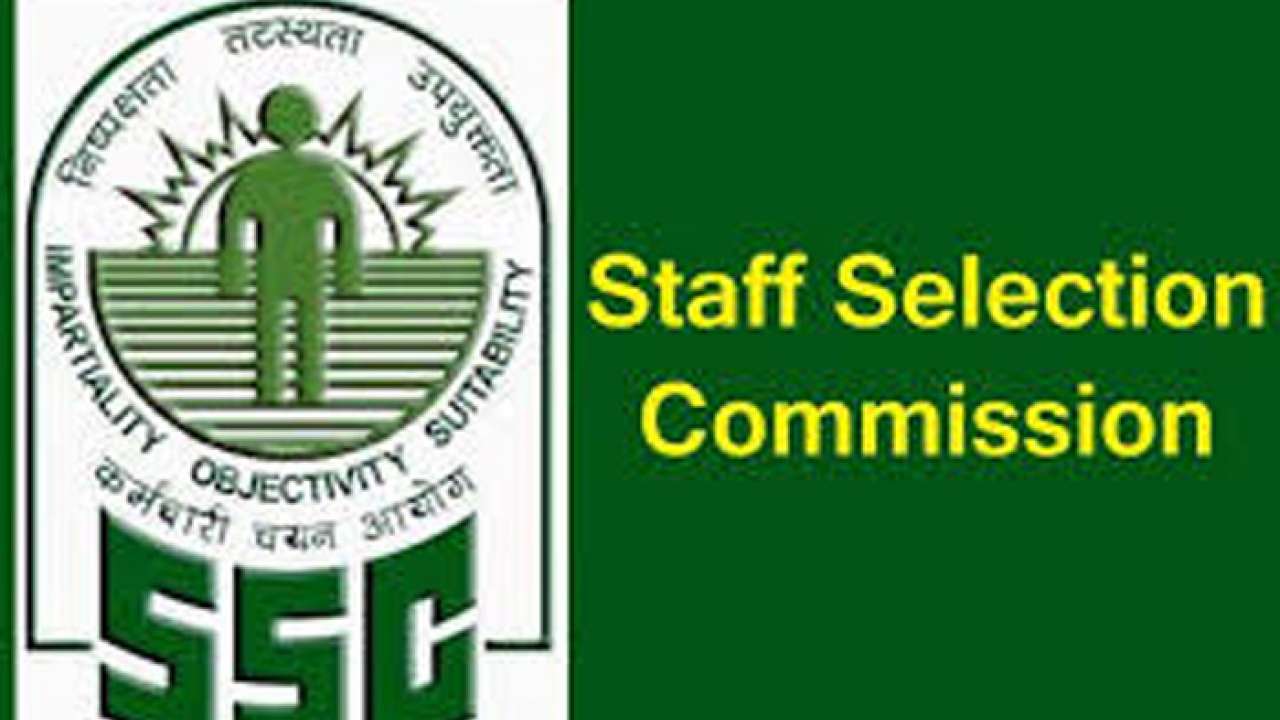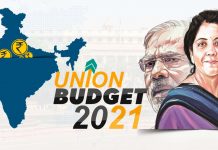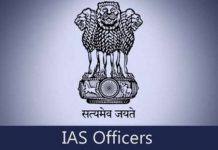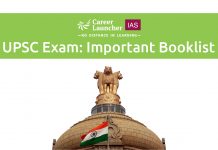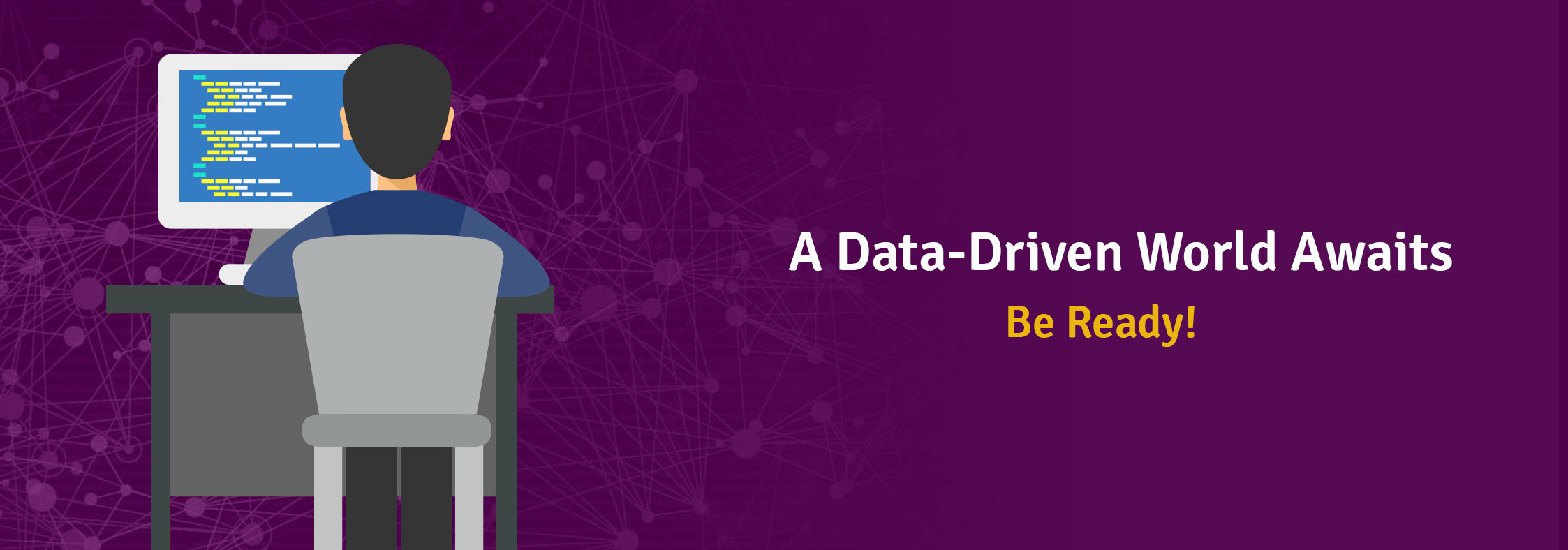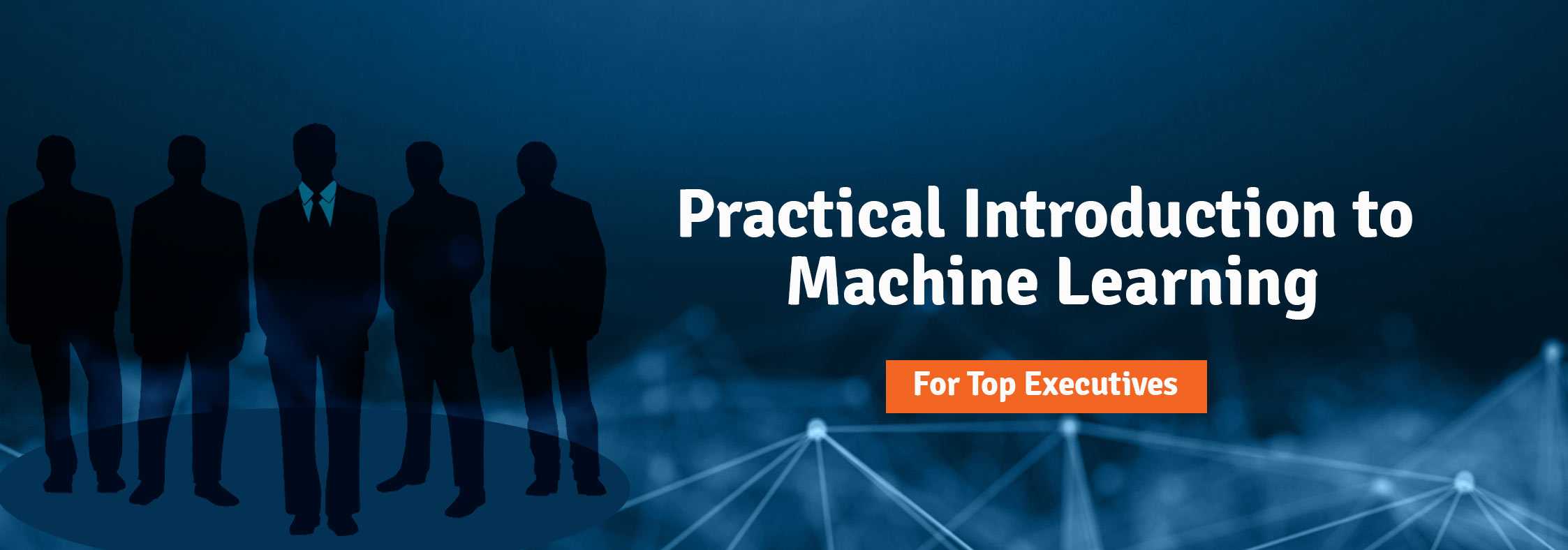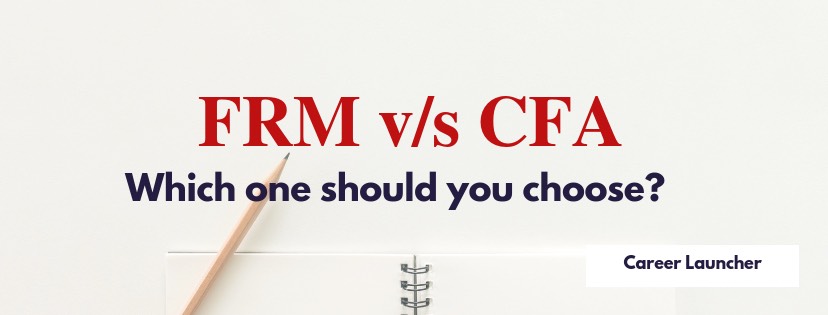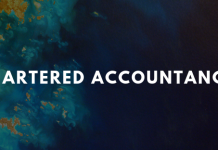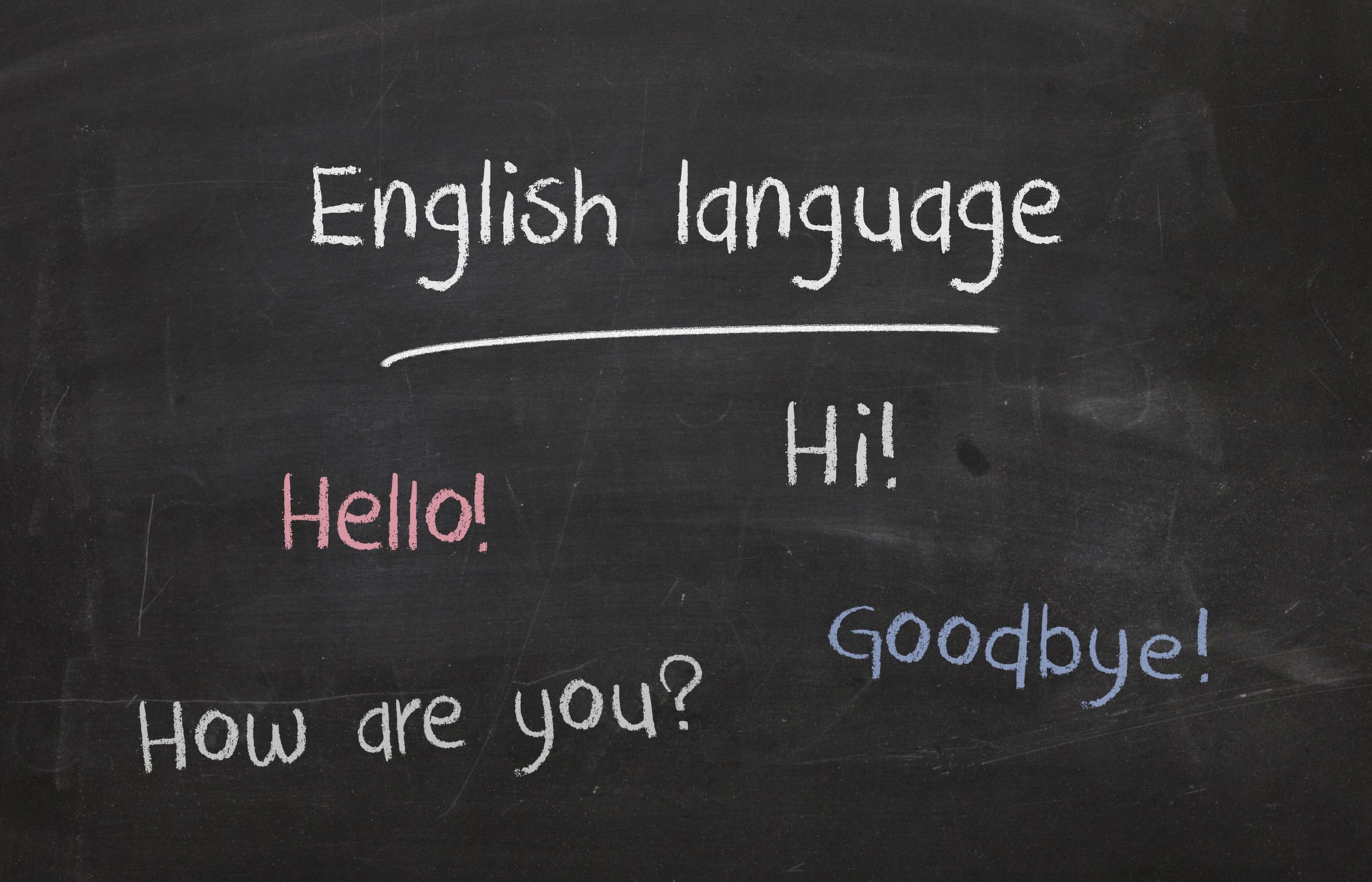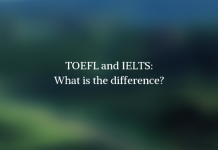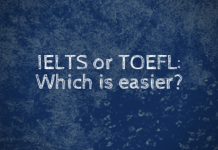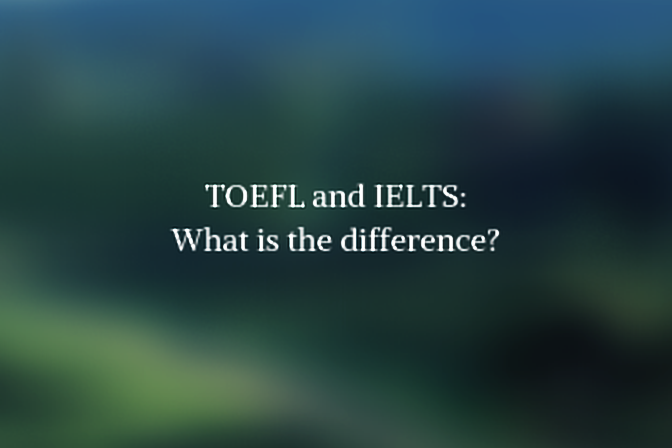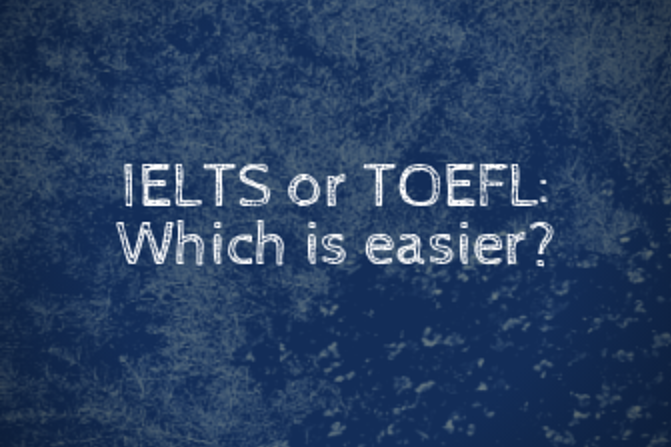Dr Ambedkar wrote ‘Men love property more than liberty’, this truth can be tested in ‘reservation policy’. After the independence, reservation on the basis of caste has provided for SCs and STs, was a noble initiative for the upliftment of the lower communities people. The demand for reservation can be traced to the Kelkar commission. It was the first commission for backward class, set up in January 1953 for investigating the condition of socially and educationally backward classes. Kelkar commission submitted the report in 1955 and suggested to include more than 2000 castes as socially and educationally backward classes. Kaka Kalelkar considered multiple factors while classifying backward classes, like traditional occupation, an educational percentage of communities, population of communities. But Kaka Kelkar had a second thought about caste based reservation. He had written a letter to the president and said that caste based reservation would not be in the country’s interest. The government was not satisfied with the criteria for determining backward classes under article 15 (4).
On 1 January 1979 by the Janata Party government under Prime Minister Morarji Desai, the Mandal Commission, or the Socially and Educationally Backward Classes Commission (SEBC), was established with a mandate to “identify the socially or educationally backward classes” of India. The Mandal commission submitted its report in 1980 and the Commission’s report recommended that members of Other Backward Classes (OBC) be granted reservations to 27% of jobs under the Central government and public sector undertakings, thus making the total number of reservations for SC, ST and OBC to 49% and extra 10% for other economically backward section of people who are not covered by any existing reservation. On Aug 1993, the government issued office of a memorandum(OM) and implemented reservation for OBC. Students stated protest against OM, and petitions were filed challenging against OM. In 1991, the PV Narasimha government came into power and modified earlier OM with providing 10% reservation for other economically backward classes.
The Apex court struck down the reservation to other backward class in landmark judgement of ‘INDRA SAWHNEY CASE’. According to that judgement, “…. in order to constitute a backward class, the caste concerned must be socially backward and its educational and economic backwardness must be on account of its social backwardness. The economic criterion by itself, cannot identify a class as backward unless the economic backwardness of the class is on account of its social backwardness”. Supreme court reannounced the principle “special provision should be less than 50%” which was declared in M R BALAJI AND OTHER vs STATE OF MYSORE (1962). Supreme court declared the ‘creamy layer’ concept applicable for OBC.
Ground of Constitution Equality
Now, Government of India came with a constitutional amendment for upto 10% reservation to economically backward persons who are not covered in any reservation policy. In 103th constitutional amendment, Article 15 (6) is added to provide reservations to economically weaker sections for admission to educational institutions including private educational institutions, whether aided or unaided by the State, other than the minority educational institutions referred to in clause (1) of Article 30, and, Article 16 (6) is added to provide reservations to people from economically weaker sections in government posts.
Challenge to Constitutional Equality
In the light of ‘Indra Sawhney’ judgment, people, think that it will be repealed by the Supreme Court. Some eminent scholar told that this amendment is a violation of the ‘basic structure’ principle which was laid down in the famous ‘Kesavananda Bharati’ case. The idea of basic structure came from the German constitution, and, in ‘Sajjan Singh’ case (1965), justice M Hidayatullah and justice J R Mudholkar suggested the first time. The court did not define the basic structure but listed a few principles, i.e. right to equality, federalism, democracy, secularism – as being part of the basic structure. Article 15 (4), is related to special provision for socially and educationally backwards or for the Scheduled Castes and the Scheduled Tribes, was not the part of the original constitution. It was inserted by 1st constitutional amendment for reversal of supreme court judgment in ‘State of Madras v. Champakam Dorairajan’ case (1951). So, a recent amendment for reservation for the economically backward class may safe because it is on the basis of simple procedure of constitutional amendment under article 368 (2), which says, an amendment of this Constitution may be initiated only by the introduction of a Bill for the purpose in either House of Parliament, and when the Bill is passed in each House by a majority of the total membership of that House present and voting.
In the past, state governments had passed several orders to give reservation on the basis economic ground but all the government order struck down by courts on the basis of supreme court’s ruling in ‘Indra Sawhney’ case. But we should not miss understood past judgement because state governments did not support by any constitutional ground. Now, the central government has provided a constitutional path, and in the democratic system, parliament has the power to overrule the judgement by the procedure laid down in the constitution. The ceiling of 50% reservation in ‘Indra Sawhney’case is not a part of the basic structure.
New Reservation: Moral duty or Pandora box?
After independence, the position of lower castes in the social ladder was not good. They were treated as an untouchable. So, on the moral ground, the government had provided reservation for the upliftment of lower castes. But, after 75 years, the reservation has created the gap between lower caste in itself; High economic class and lower economic class and higher economic class in SCs and STs defend a reservation for maintaining the status quo. The same scenario is in socially and economically backward class also like Maratha, Jats, gurjars etc. is demanding reservation despite high living standard. Reservation policy is a Pandora box in itself and the government must review this policy.
New reservation on the basis of economic background is based on moral duties which is implicitly part of the constitution. Every person has right ‘not face any inequality on the base of any ground’ and, the directive principle of state policy (DPSP) is a moral obligation on the state to secure a social order for the promotion of the welfare of the people. Reservation on the basis of economic background may pave the way for a casteless society which was initially purpose of Dr Ambedkar’s reservation system.
Akshat Dwivedi
IAS Faculty Member, Career Launcher







